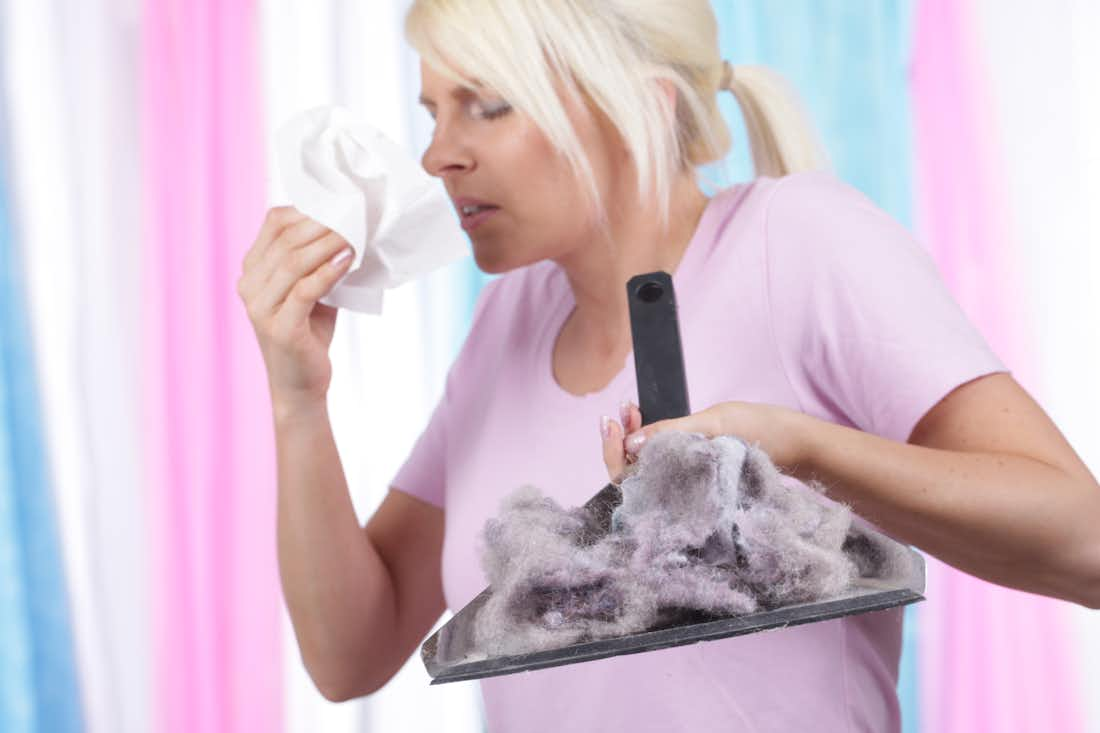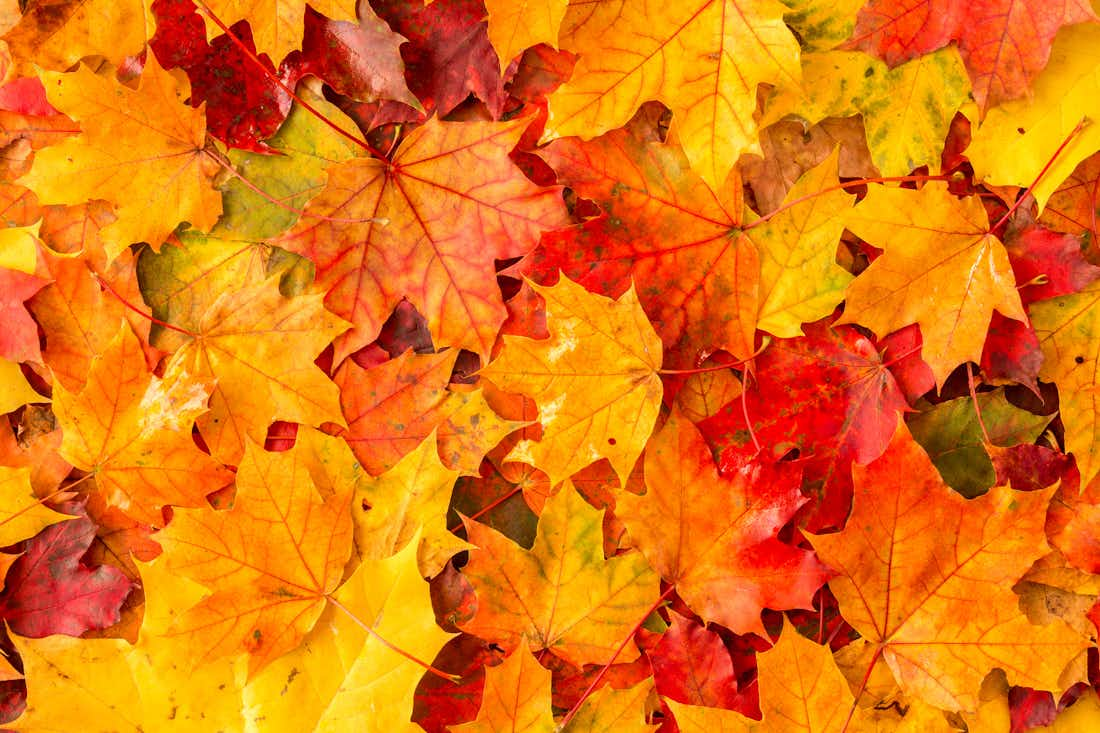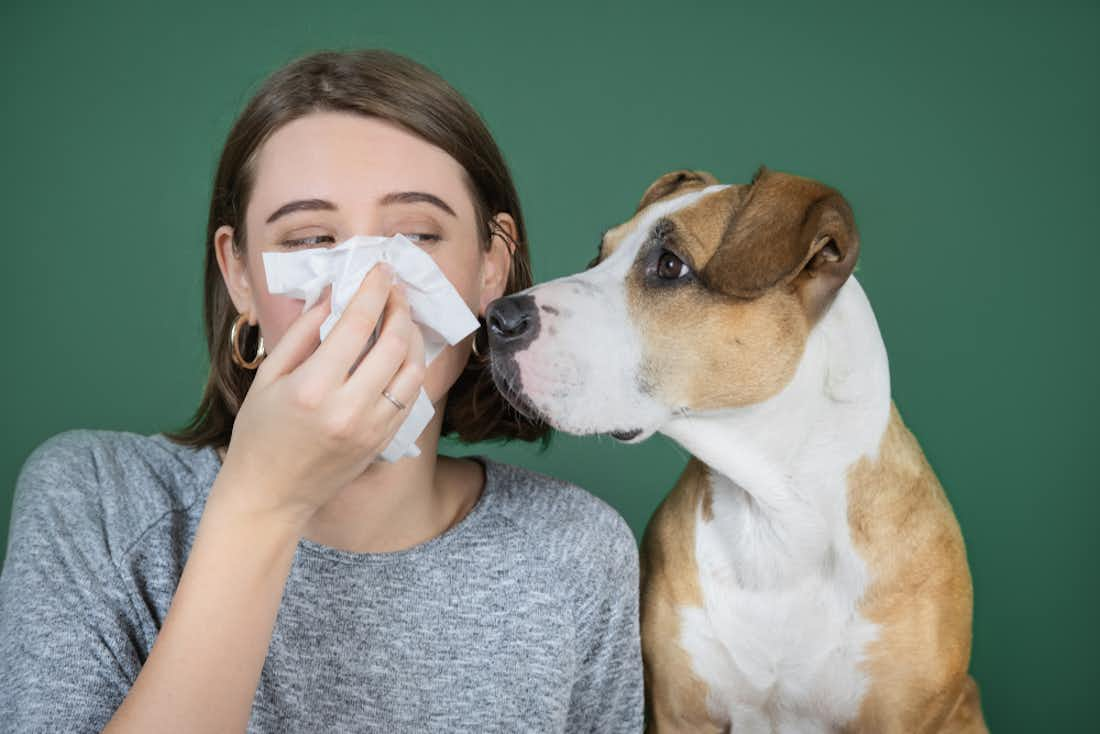Sep 12, 2022
7 Techniques for Coughing Up Phlegm
5 minute read
We don’t really know what’s worse: coughing up a ton of phlegm or coughing up none at all. But from a biological standpoint, doing whatever you can to get that mucus out of your body is essential to get over your sickness or allergies faster.
Phlegm is a byproduct of discomfort in the sinuses and the lungs. Basically, your immune system responds to some sort of issue and is deploying a mechanism to remove it. Mucus will pick up bacterial, viral, or allergen particles in your airways so that you can pretty easily cough them out.
People with chronic obstructive pulmonary diseases (COPD), chronic bronchitis or acute bronchitis, gastroesophageal reflux disease (GERD), upper respiratory tract infection, acid reflux, lung diseases, cough variant asthma and asthma have elevated amounts of mucus compared to those with acute conditions like the flu, virus, the common cold or chest cold. Phlegm may be accompanied by fever, shortness of breath, and sore throat. Sometimes, phlegm can become thick, which makes it much more difficult to remove.
If mucus collects in the airways for too long, it can lead to an infection such as pneumonia. For that reason, it’s essential to try to get it out as soon as you can.
While there are antibiotics and medicine (like cough medicine) that your health care provider can prescribe to help with phlegm, coughing may help.
Here are some easy tips and techniques for easily coughing up phlegm.
1. Learn Coughing Techniques
Believe it or not, one of the reasons why you might be struggling to get the sputum out of your airways is because you’re not coughing properly. You can train yourself to cough in certain ways to dispel even more mucus when compared to a run-of-the-mill one.
Deep coughing is a common technique that involves taking a long, deep breath and holding it for about three seconds. Then, use your stomach muscles to try to force out a deep cough from the bottom parts of your lungs. This is a forceful expulsion that is one of the more effective methods.
Another coughing method is known as huffing or huff coughing. Take a super deep breath and then use your stomach muscles to make three rapid exhalations, sort of like you’re making a “ha ha ha” sound. This rapid movement can help stir up mucus and make it easier to eliminate from your lungs.
You might sound and feel a bit bizarre doing these methods, but they might bring you the relief you need in a pinch. Just make sure you’re in a secluded area, preferably outside, so that you don’t spread any germs to people around you.
2. Thin It Out
Another reason why you might be struggling to cough up phlegm is that it’s too thick. Thickened phlegm can occur if you’re dehydrated or if there’s not enough moisture in the air.
So, to thin out your phlegm, you can try to address both of those issues. Drink plenty of fluids like water and fruit juice to loosen up your mucus. Additionally, you can drink warm liquids to help clear your sinuses as well. Teas with honey and hot bowls of soup might do the trick.
In the same breath, you’ll want to avoid foods and beverages that lead to dehydration. Cut back on coffees, wine, beer, and salty snacks when you’re sick to try to keep your phlegm fluid.
You can also increase the moisture content in the atmosphere around you to bring some relief. Use a humidifier to bring the relative humidity in your home between 30-40% for maximum comfort.
3. Gargle With Salt Water
Sometimes, you may have the feeling that there’s some phlegm stuck in the back of your throat. If this stubborn sputum just doesn’t budge, you may benefit from gargling with warm saltwater.
For one, this method helps to reduce irritation in your throat and loosen up any residual phlegm. But on top of that, salt has cleansing properties that may be able to reduce the bacterial and viral particles in your throat if you’re experiencing extra phlegm because of sickness.
Fill a warm glass of water with about ¼ tablespoon salt and gargle for about thirty minutes. Then just spit it out in the sink, repeating if necessary.
4. Stop Smoking
It’s not much of a secret that smoking is one of the worst things you can do for your lungs, and it’s actually one of the main causes of COPD, lung cancer, chronic bronchitis, and much more.
Smoking makes your mucus thicker while also increasing its abundance. This is because the addictive additive in cigarettes, nicotine, paralyzes the fiber-like cells that help move mucus out of your lungs.
Tobacco smoke can also cause problems from secondhand smoke, so if you’re having some trouble getting rid of mucus, you should do your best to stay away from people who are smoking near you.
5. Use Medication
It may feel natural to reach for decongestants as the first line of defense against constant coughing, but this may actually do more harm than good for getting rid of phlegm. While decongestants can help loosen the airways in your nose, they can make mucus thicker and harder to remove.
Instead, a class of medications known as mucolytics can be used to thin phlegm and make it easier to cough up. These medications also have other benefits on lung infection and discomfort, reducing the number of flare-ups for those with respiratory tract infections and upper respiratory infections.
6. Keep Allergies In Check
Indoor and outdoor allergies may be playing a large role in extra mucus production. Common triggers include pollen, ragweed, dust mites, mold, and pet dander. Trying to limit your exposure to these sources is essential.
If outdoor allergens are the problem, you’ll want to limit your time outside, especially during windy and dry days when particle count is high. Additionally, remove outdoor clothing when you enter your home and wear glasses to protect your eyes.
For indoor allergens, keeping clean is important. Wash your bed sheets and pillowcases at least once every two weeks, being sure to dry in a machine rather than hanging outside. You can also use dehumidifiers to reduce the humidity in areas where mold growth is prominent, like bathrooms and basements.
And if you’re not sure what’s causing your allergies, figuring that out is the first step you can take. Our indoor and outdoor allergy test lets you scan for 40 common allergens from the comfort of your own home. Once you know what’s filling up your phlegm, you can be more cautious, so it doesn’t bother you anymore.
You can also use antihistamine medications for fast relief, which work as inhibitors for the symptom-causing chemical known as histamine. These can help manage your symptoms, like cough and excess mucus, on days when you just can’t seem to catch a break.
7. Keep Your Head Up
Mucus may pool in your airways while you’re lying in a horizontal position, which can be super uncomfortable when you’re trying to sleep. Propping your head up with a pillow not only helps improve your comfort but can make it easier for you to cough up your phlegm before falling asleep.
Life Hacks for Hacking It Up
Coughing up phlegm is your body’s way of helping you get rid of nasty bacterial and viral particles within your airways. And while it might be sort of gross, it’s a necessary evil that will make you feel better in no time.
You can make it easier to remove excess phlegm in your throat and lungs by staying hydrated, practicing coughing techniques, taking mucolytic medication, or gargling with saltwater. It might also be helpful to know your allergy triggers so you can rule out specific stimuli that are causing you issues.
Don’t know where to start? Your online allergist is ready to see you now. With personalized treatment from US-licensed allergists, you’ll never need to leave your home for proper allergy care ever again. Take your free allergy consultation to see which treatment plan is right for you.
Sources:
What does the color of phlegm mean? | Ohio State Medical Center
How to Cough Up Mucus & Phlegm from Chest Congestion | National Jewish Health
Antimicrobial properties of salt (NaCl) used for the preservation of natural casings | NIH
Mucolytic agents for chronic bronchitis or chronic obstructive pulmonary disease | Cochrane
Authors

Dr. Payel Gupta
Medically reviewed by Dr. Payel Gupta



